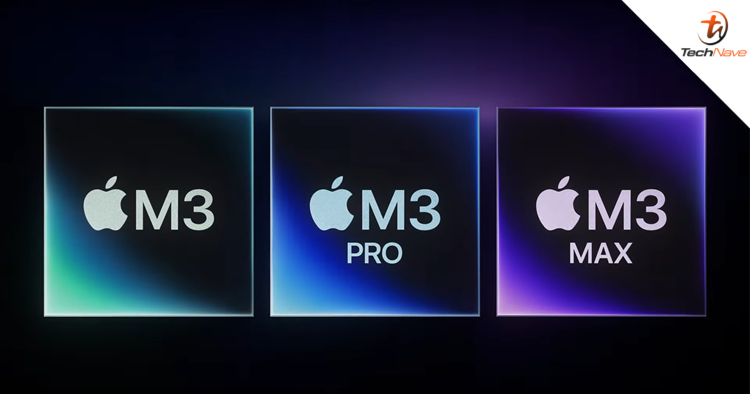
At the second annual Apple Event of the year, the company finally unveiled the much-speculated M3 series chipsets. Not only did the M3 get announced, but as well as the M3 Pro and M3 Max. Here's a breakdown of what you need to know about them.
To begin, the M3, M3 Pro and M3 Max chips are built using a 3-nanometre process technology, marking it as the first in the industry. This allows more transistors to be packed into a smaller space and improves speed and efficiency. Compared with the first-gen M1 family, the CPU performance cores and efficiency cores are 30% and 50% faster than those in M1, respectively, and the Neural Engine is 60% faster than the the predecessor's.
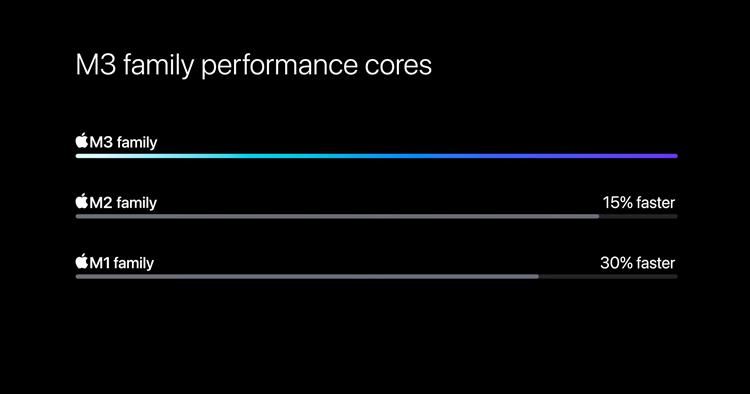
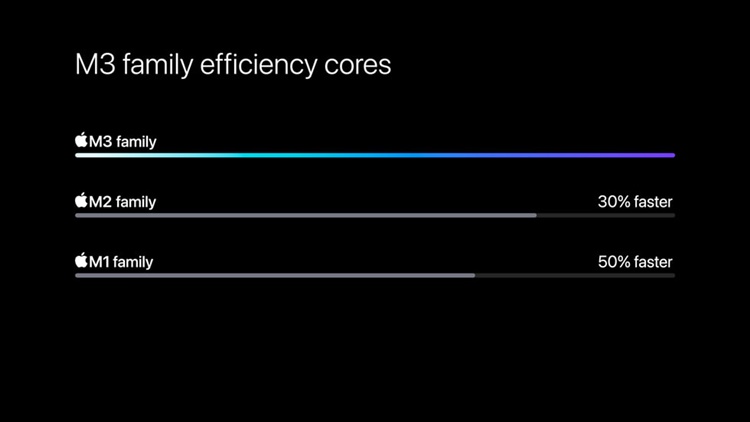
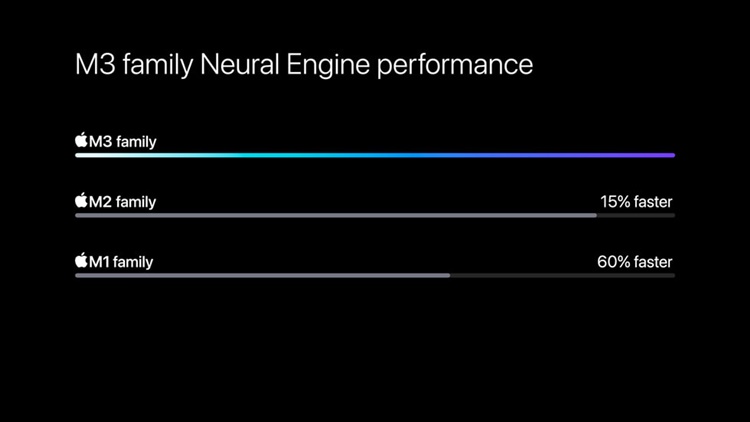
Besides the usual CPU and GPU performance boost, the M3 family has a new technology called Dynamic Caching. Unlike traditional GPUs, Dynamic Caching allocates the use of local memory in hardware in real time and exacts the amount of memory needed for each task. On paper, this increases the average utilisation of the GPU, which significantly increases performance for the most demanding pro apps and games.
Dynamic Caching also brings ray tracing to Mac for the first time. Along with the new graphics architecture, this allows pro apps to deliver up to 2.5x the speed of the M1 family of chips. Additionally, mesh shading is also available on the Mac for the first time. The M3 GPU is able to deliver the same performance as the M1 using nearly half the power, and up to 65% more performance at its peak.
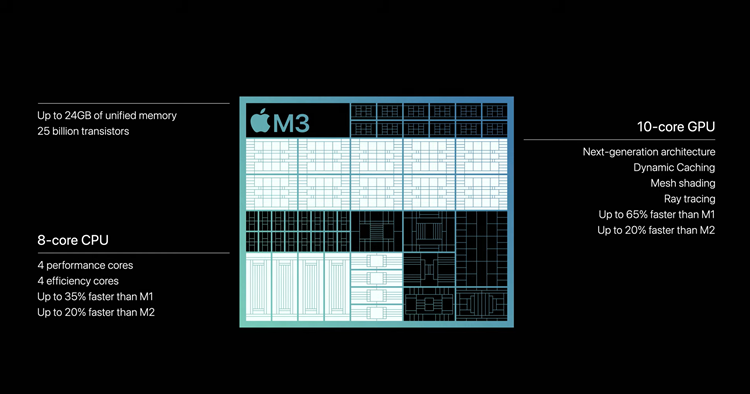
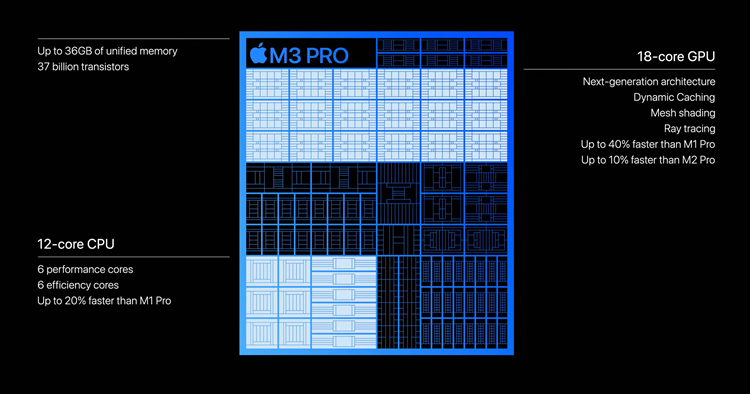
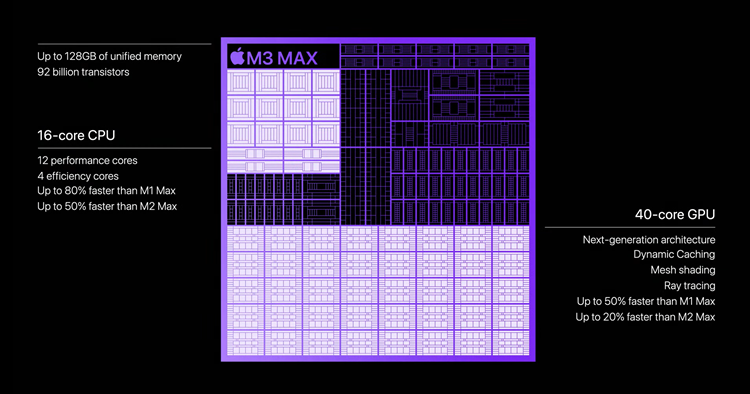
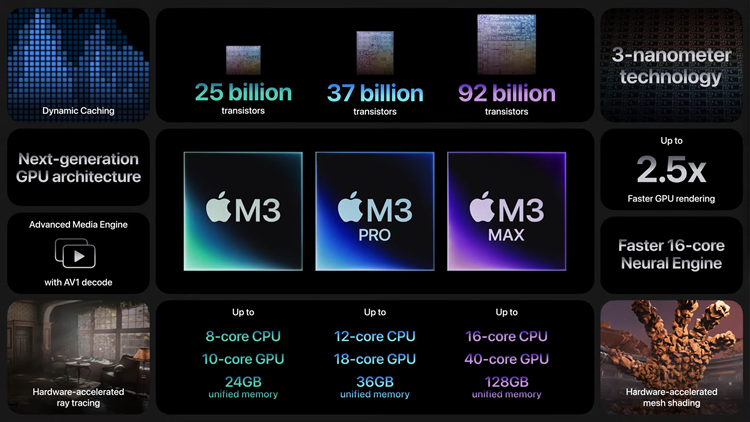
In addition, each chip in the M3 family features a unified memory architecture with support for up to 128GB. Like before, it delivers high bandwidth, low latency and power efficiency. All three chips also have an advanced media engine, providing hardware acceleration to the most popular video codecs, including H.264, HEVC, ProRes, and ProRes RAW. And for the first time, the media engine supports AV1 decoding.
For a more detailed look at the M3, M3 Pro and M3 Max, you can visit the official web portal right over here. The M3 family chip is also available on the MacBook Pro and iMac 2023 editions this year, so do check out our news coverage below.





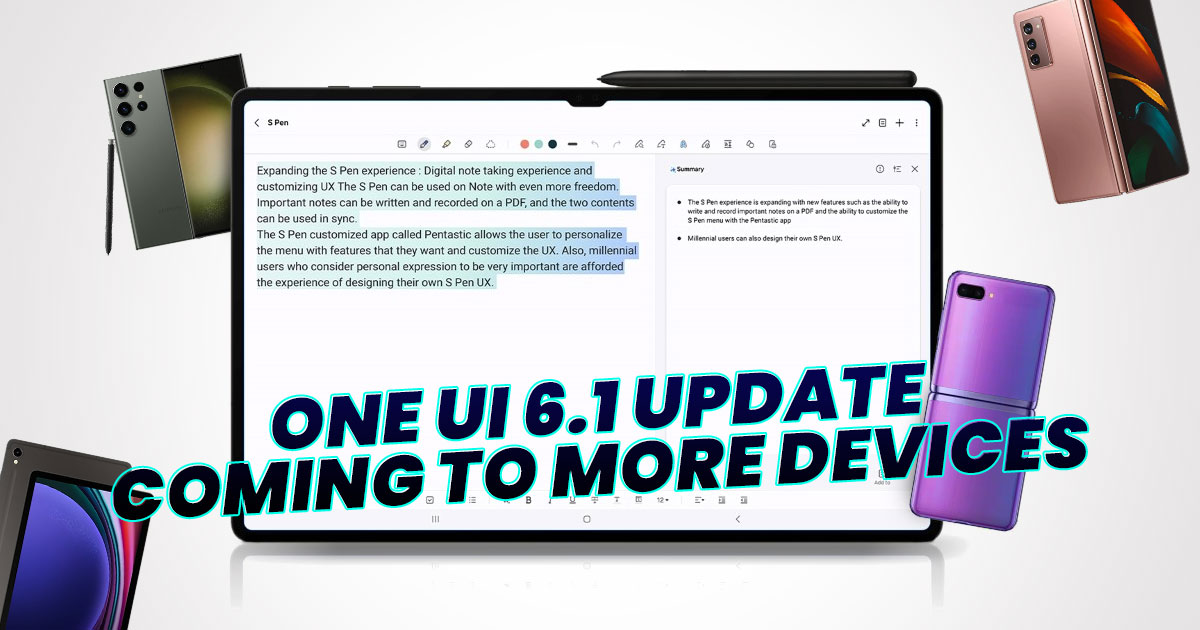


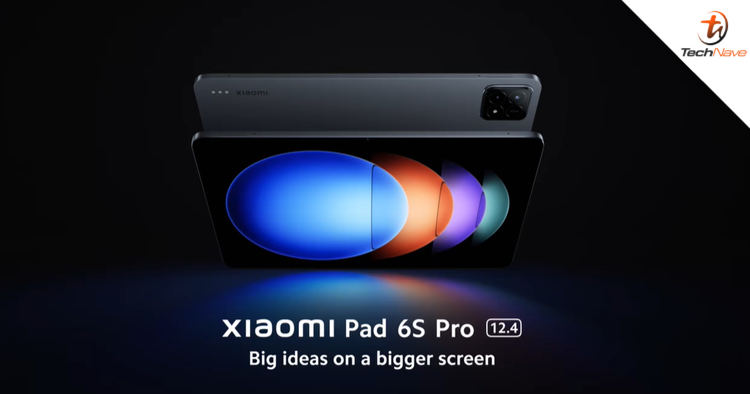



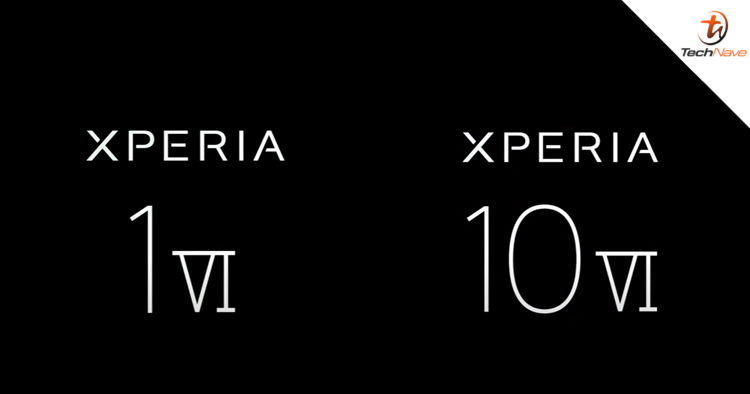






COMMENTS